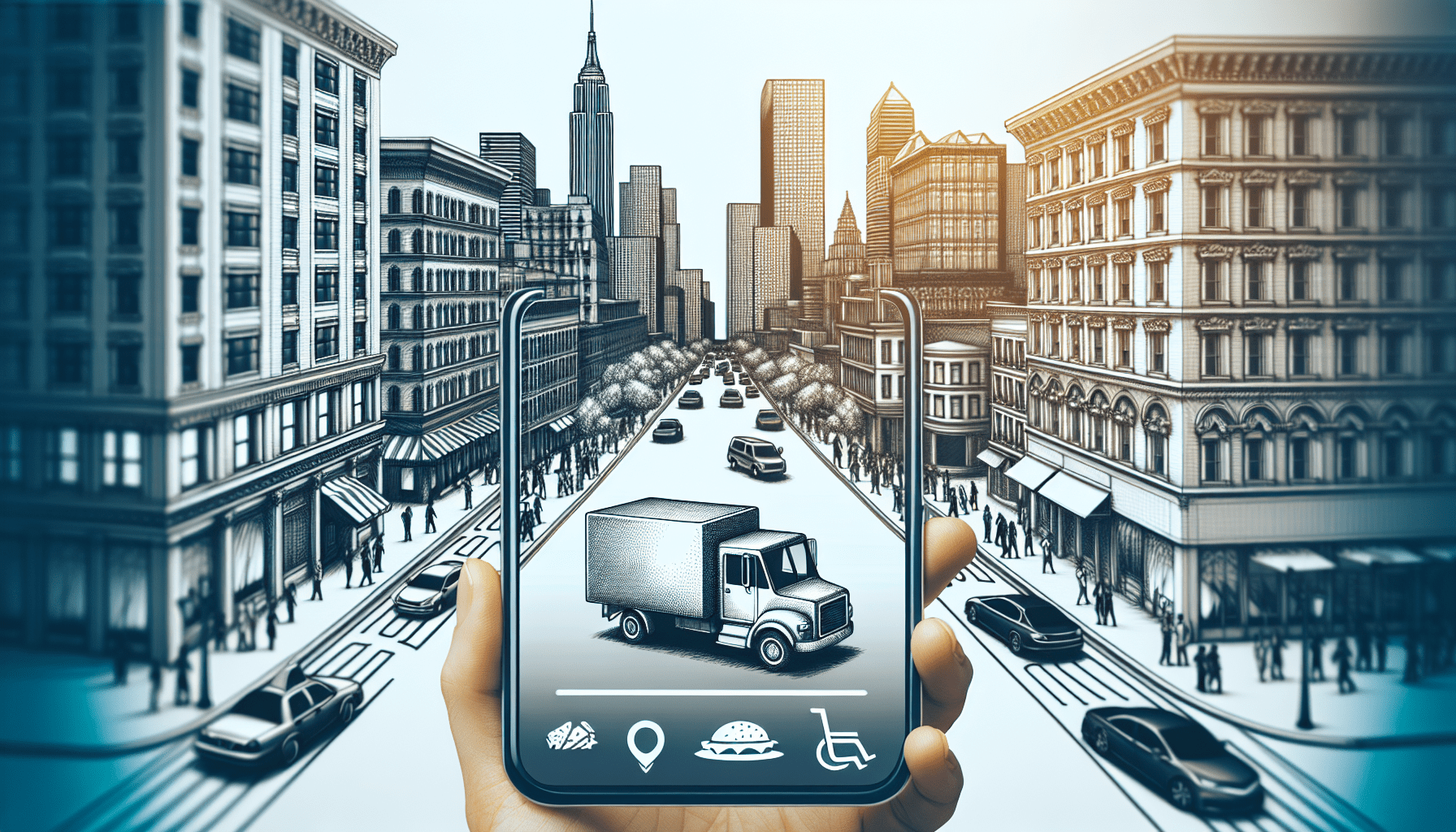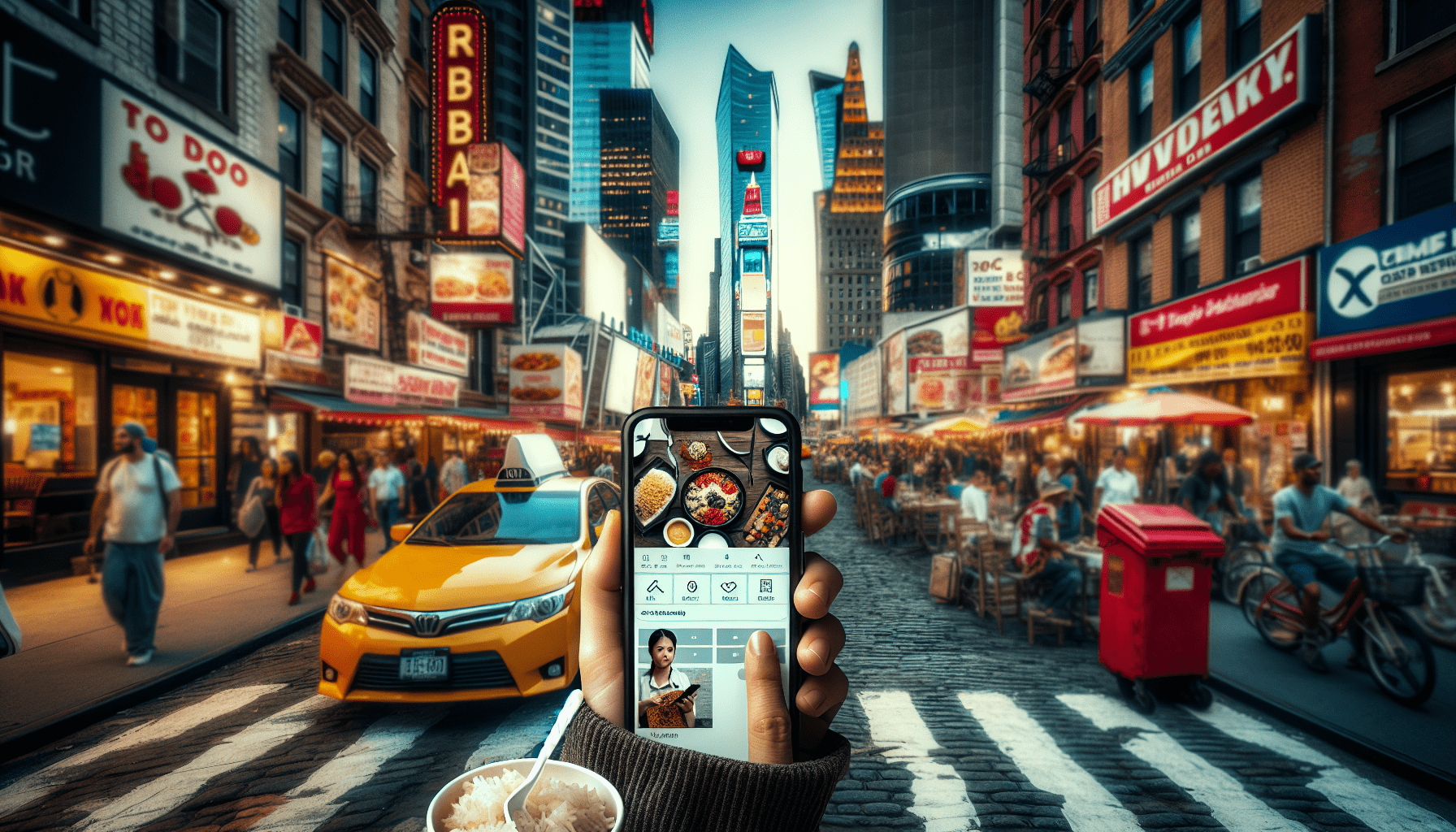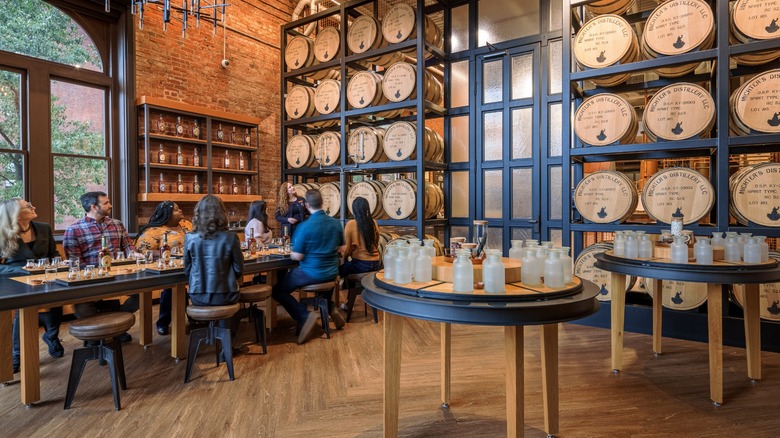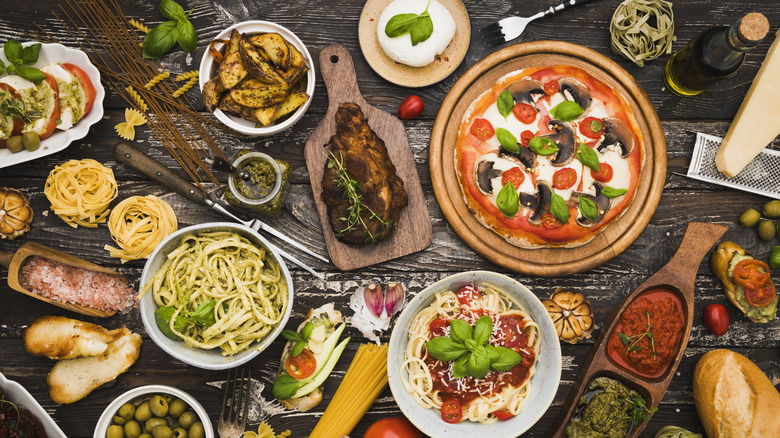EACHY Travel Makeup Bag,Large Capacity Cosmetic Bags for Women,Waterproof Portable Pouch Open Flat Toiletry Bag Make up Organizer with Divider and Handle
$23.99 (as of December 24, 2024 22:01 GMT +00:00 - More infoProduct prices and availability are accurate as of the date/time indicated and are subject to change. Any price and availability information displayed on [relevant Amazon Site(s), as applicable] at the time of purchase will apply to the purchase of this product.)In a bustling city like New York, food delivery apps are a staple for many craving a quick, convenient meal. Now, a proposed bill could change the landscape dramatically by allowing delivery app commissions to soar as high as 43%. This legislation, Int 762, could significantly impact restaurant owners, forcing them to weigh the cost of increased visibility against hefty fees. Currently, these apps operate under a 23% cap established in 2020, but the new proposal aims to let services charge more for marketing, delivery, and credit card processing. Proponents argue it levels the playing field, making it easier for smaller eateries to compete with big chains. Yet, critics, like the New York City Hospitality Alliance, view it as exploitative, potentially burying local spots under a mound of fees if they can’t afford to play the game. As the debate heats up, NYC restaurants find themselves at a crossroads, balancing the lure of better exposure against the bite of steep fees. Have you ever found yourself wondering how the delivery fees on your favorite food app affect the local restaurants you adore? In the bustling city of New York, a new bill is under consideration that could drastically change the landscape for eateries using third-party delivery apps like DoorDash, Grubhub, and Uber Eats.
NYC Restaurants Could Face Higher Fees Under Proposed Delivery App Bill
Get an Official Zagat Restaurant Guide
Setting the Scene: The Case for Convenience
Picture this: you’re in an unfamiliar city on a vacation or business trip. Or, maybe you’re just hanging out at a friend’s house, and you both have the munchies. “What’s around?” you ask before opening a food delivery app like DoorDash or Grubhub. These apps make it incredibly easy to order food from nearly anywhere with just a few taps on your screen. But have you ever stopped to wonder what it costs restaurants to get that food to your door?
The Proposed Bill: What is Int 762?
A new bill proposed in NYC, known as Int 762, could significantly alter the relationship between delivery apps and the restaurants that rely on them. Currently, NYC has a cap that limits delivery fees from third-party apps to 23%, introduced in 2020 when food delivery was more of a necessity than a luxury. Now, the world has opened back up, but the bill being actively considered by the New York City Council aims to increase this cap to a jaw-dropping 43%.
This proposed rate structure includes:
- 15% for delivery
- 25% for marketing
- 3% for credit card processing
Why a Cap Changed in 2020
To understand why these changes are so significant, it’s crucial to look back at 2020. The pandemic forced many restaurants to pivot quickly to delivery services, making third-party apps an essential part of their business model. To support this shift, NYC capped the fees these apps could charge at 23%. This move aimed to prevent restaurants from being burdened by excessive fees at a time when many were struggling to stay afloat.

Get an Official Zagat Restaurant Guide
Fees in Comparison: NYC vs. The Rest of the Country
To give a bit of context, most cities in the U.S. allow third-party apps to charge up to 30% commission. So, while the current 23% cap in NYC is lower, the newly proposed 43% is significantly higher than what restaurants elsewhere are paying. This would make NYC an outlier, and likely not in a good way.
| Location | Current Cap | Proposed Cap | Nationwide Cap |
|---|---|---|---|
| NYC | 23% | 43% | 30% |
| Other U.S Cities | NA | NA | 30% |
What Does This Mean For Restaurants?
So, how do these fees play out for the restaurants themselves? It’s not as straightforward as you might think. For example, DoorDash currently offers a three-tier model, allowing restaurants to pay higher percentages in exchange for more visibility and promotion. The higher the tier, the more exposure a restaurant gets on the app.
DoorDash Fee Structure
DoorDash offers a range of options:
- Lite Tier: 15% commission for delivery orders
- Plus Tier: 25% commission
- Premium Tier: 30% commission
Similarly, Uber Eats also has a tiered system:
- Lite: 15% fee for delivery orders
- Plus: 25%
- Premium: 30%

The Pro-App Argument: Leveling the Playing Field
Proponents of Int 762 argue that the bill would level the playing field, particularly for smaller restaurants. Higher fees could allow these eateries to opt for greater visibility on the apps, standing shoulder to shoulder with big chains. Essentially, it would give smaller players a shot at capturing the customer’s eye first, something typically dominated by well-known names.
The Counter-Argument: Exploitative Practices
However, not everyone is on board. The New York City Hospitality Alliance has called the bill exploitative. Executive Director Andrew Rigie describes it as a “political sleight of hand” that would marginalize smaller restaurants unable or unwilling to pay the higher fees. According to Rigie, these eateries would be buried in search results, making it harder for customers to discover them.
A History of Controversy
This isn’t the first time delivery app fees have been a contentious issue. Earlier this year, Grubhub faced a lawsuit from Los Angeles County over their “bait and switch” delivery fees, which were labeled as deceptive marketing. Additionally, in late 2023, NYC pushed for an $18 hourly minimum wage for app-based food delivery drivers, a ruling that took effect in April 2024 after numerous lawsuits from delivery apps trying to halt the legislation.
Potential Impact on Customers
But what does this mean for you, the customer? Essentially, if these higher fees are passed down to consumers, you could end up paying more for your takeout. And if smaller, local restaurants can’t afford the steep fees, your favorite hidden gems might disappear from these platforms altogether.
Looking Forward: Possible Outcomes and Solutions
At this point, it’s all about weighing the pros and cons. Higher fees might provide better visibility for some but could be a death knell for others. The challenge is to find a balance that supports both the delivery platforms and the restaurants that depend on them.
So, what’s the perfect remedy here? One potential solution could be a sliding scale model, which adjusts fees based on the size and volume of the restaurant’s orders. Another option might be incentives for restaurants to partner with delivery apps, offering them reduced rates based on customer feedback or other performance metrics.
FAQs: Answering Your Burning Questions
What is Int 762?
Int 762 is a proposed bill in NYC that aims to increase the cap on delivery app commissions from 23% to 43%.
How does the current cap compare to other cities?
Currently, NYC has a 23% cap on delivery app fees, while the general cap in other U.S. cities is 30%.
Who supports this bill?
Proponents argue it will level the playing field, giving smaller restaurants a fair chance at visibility.
Who opposes this bill?
Many restaurant associations, including the New York City Hospitality Alliance, argue that this bill is exploitative and could marginalize smaller eateries.
Will this affect customers?
If implemented, higher fees might be passed down to consumers, potentially increasing the cost of food delivery.
Final Thoughts: What You Can Do
As a diner and a consumer, you hold a lot of power. Support local restaurants directly whenever you can. And if this bill concerns you, make your voice heard. Whether it’s through contacting your local representatives or simply choosing to support eateries that align with your values, every little bit helps.
So, the next time you order your favorite dish from a delivery app, you’ll have a better understanding of what goes on behind the scenes. From fee structures to legislative changes, every detail impacts the local restaurants that strive to bring delicious food to your doorstep. By staying informed, you can make better choices that benefit not just your taste buds, but your community as well.
Get an Official Zagat Restaurant Guide






